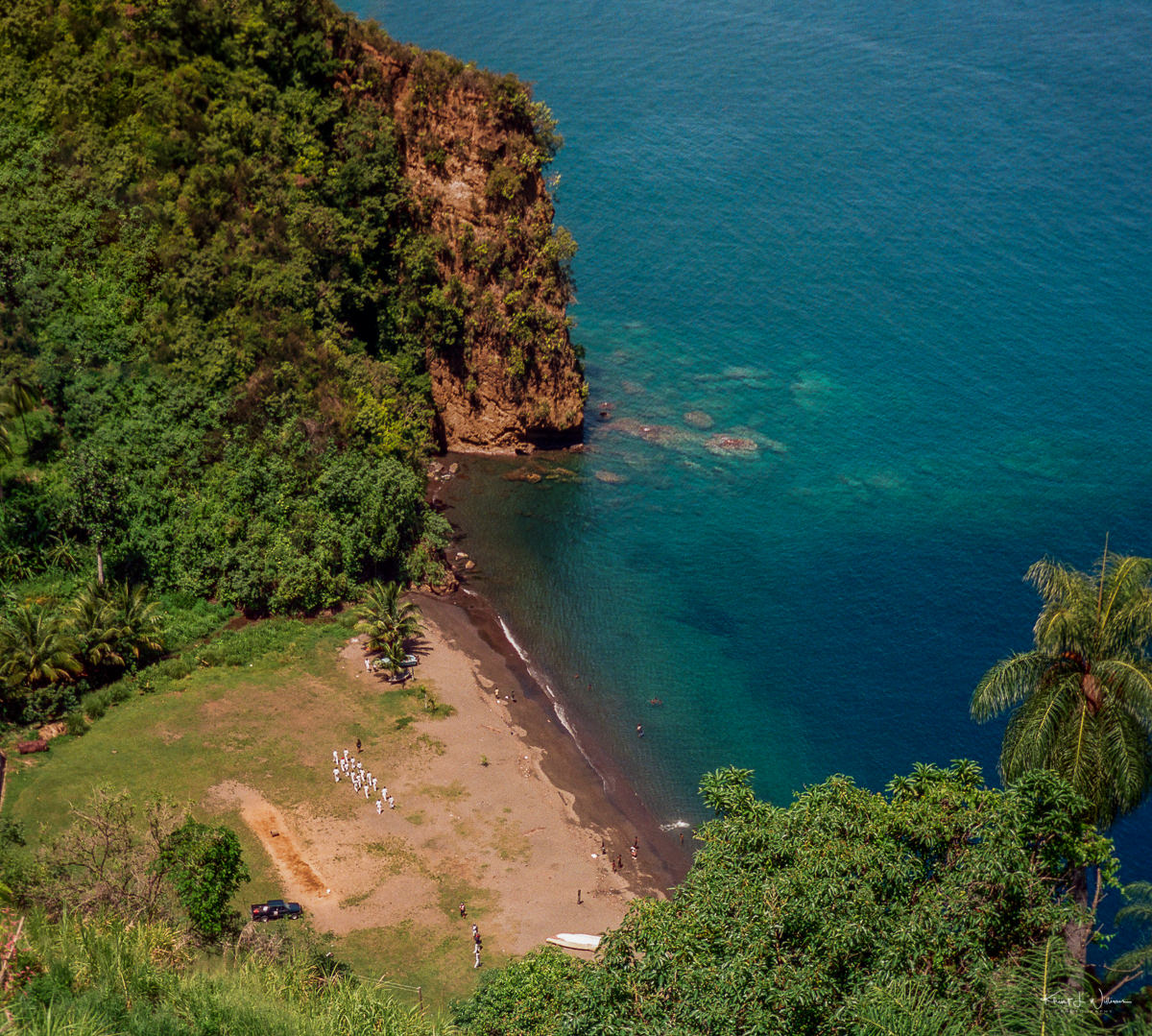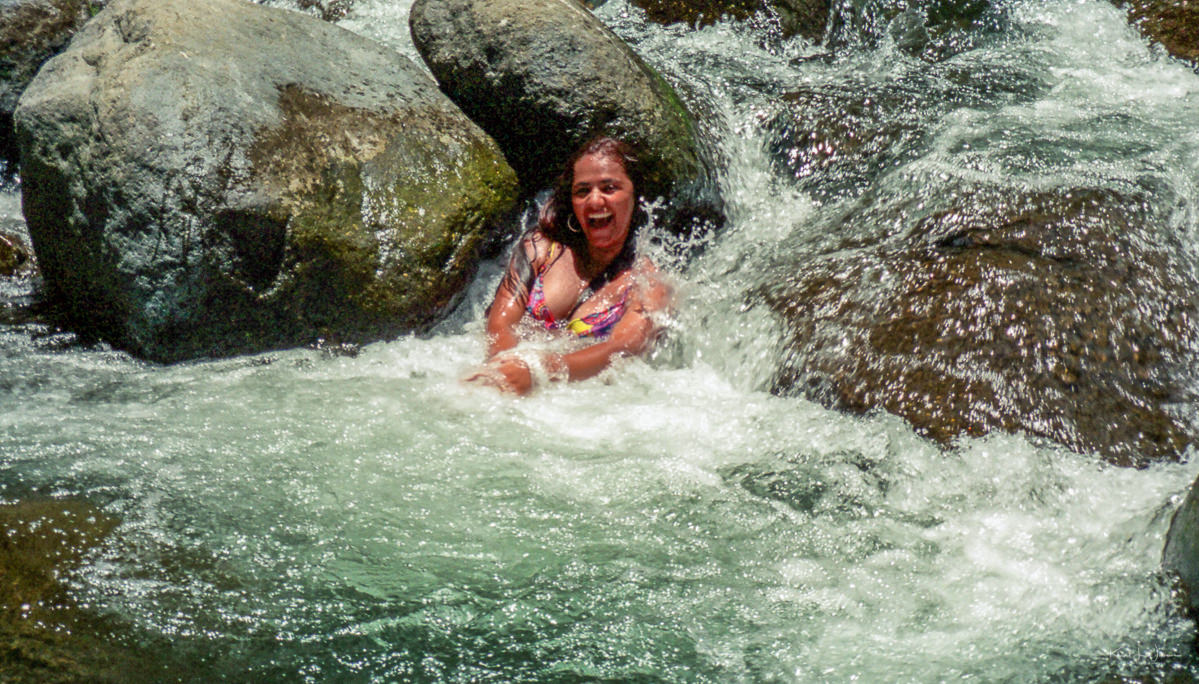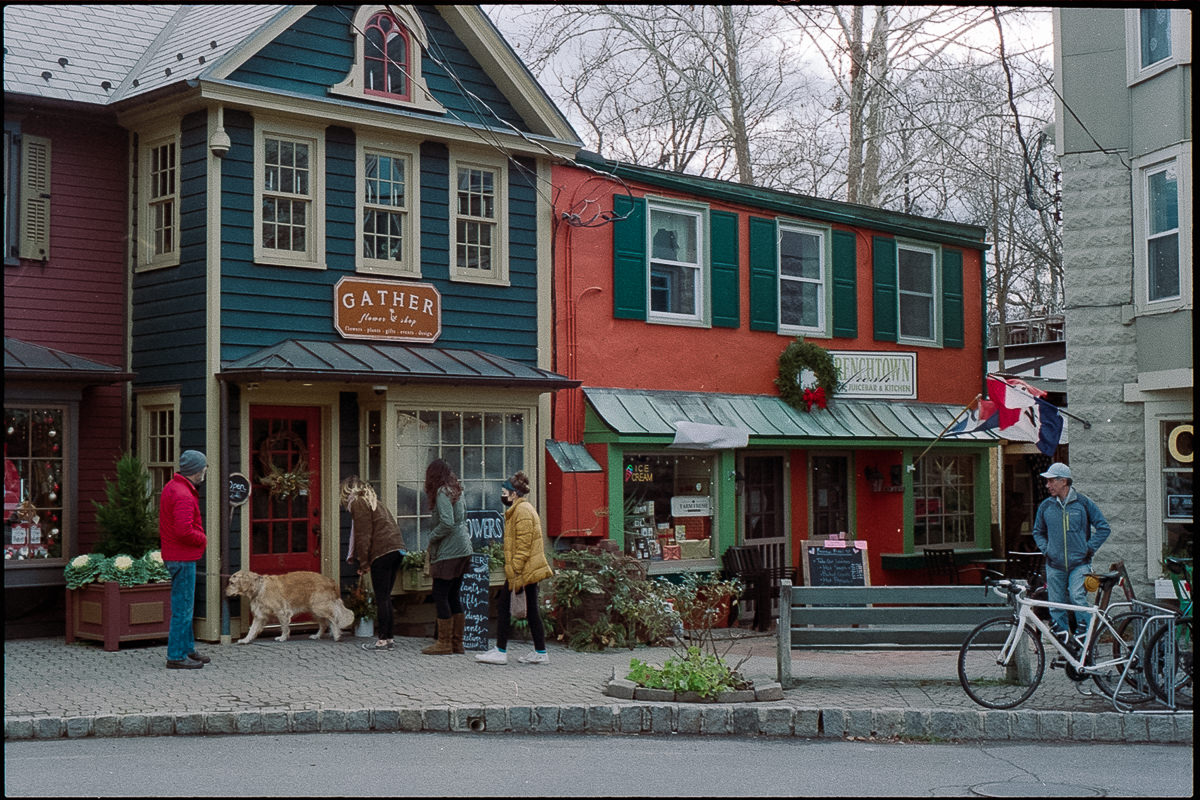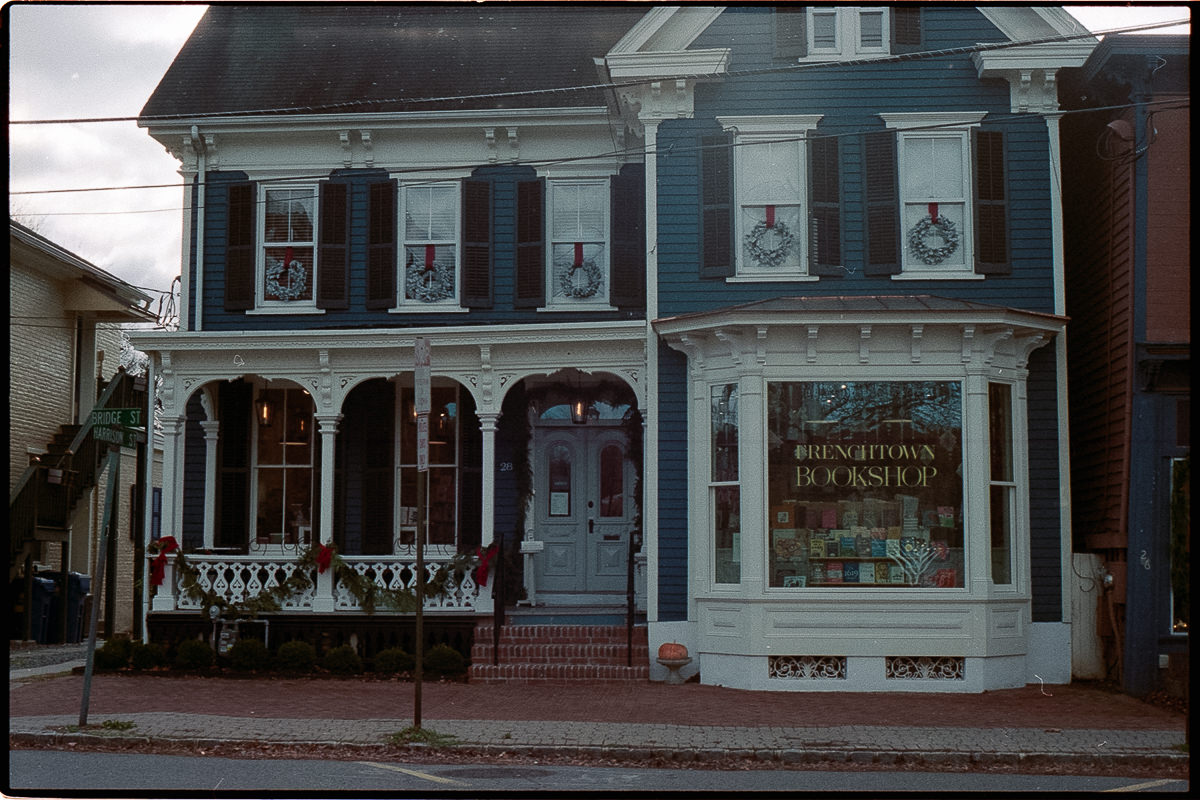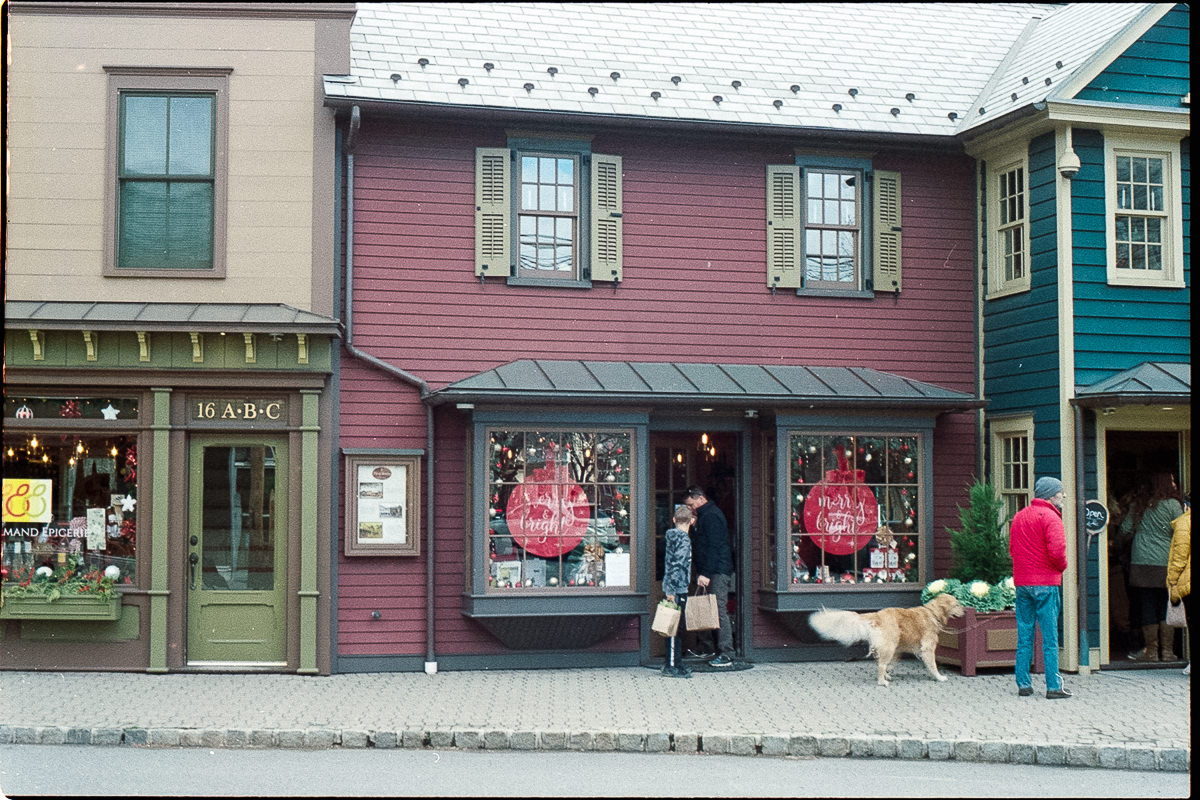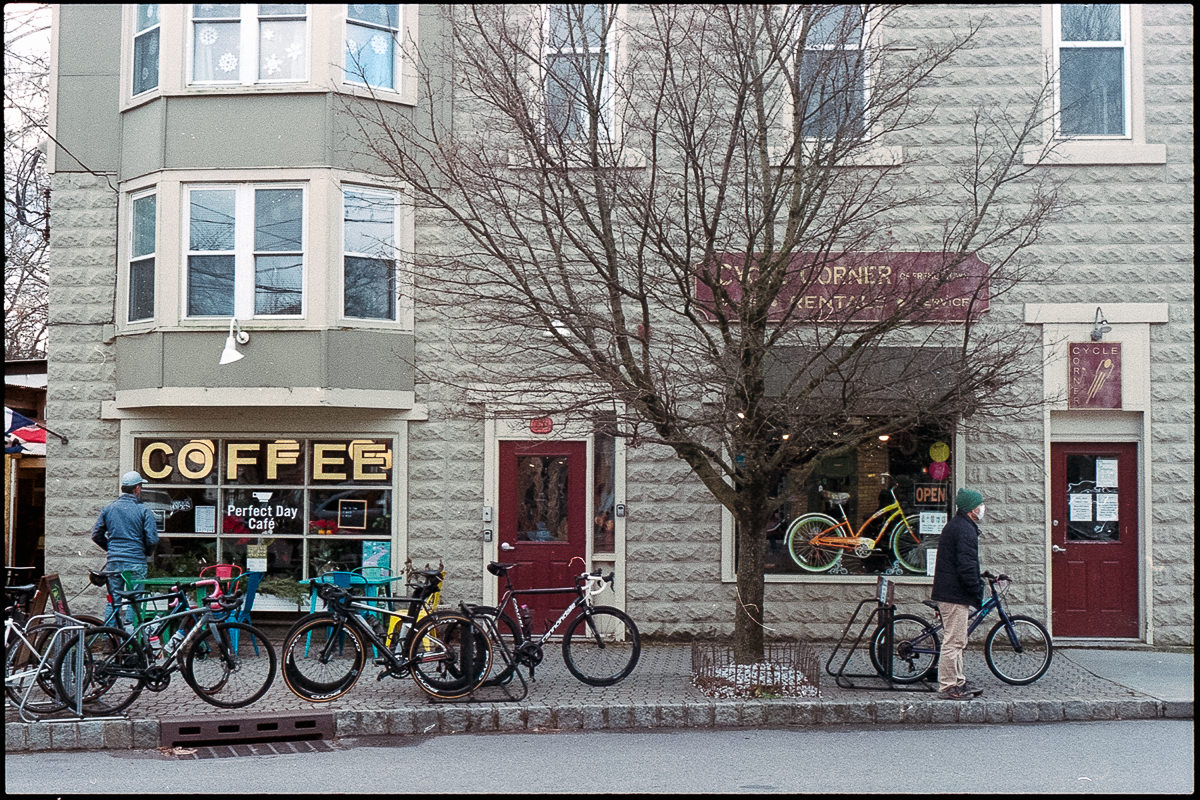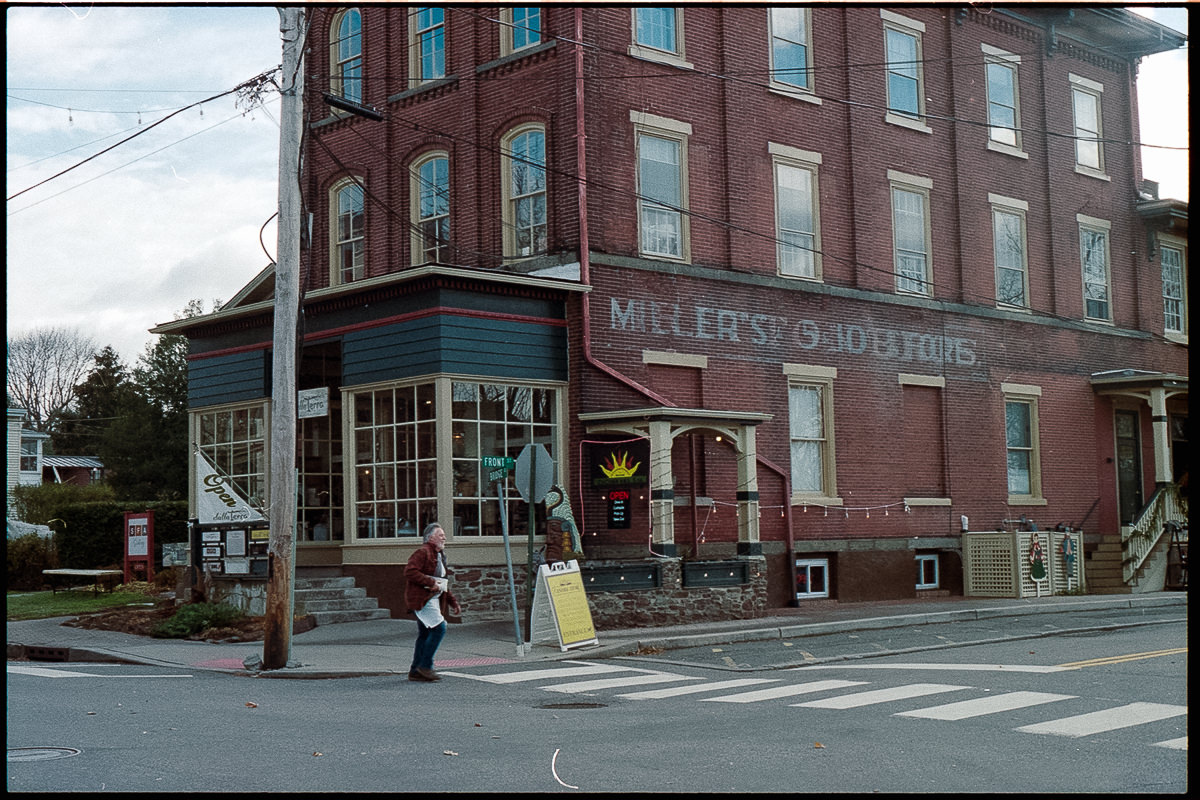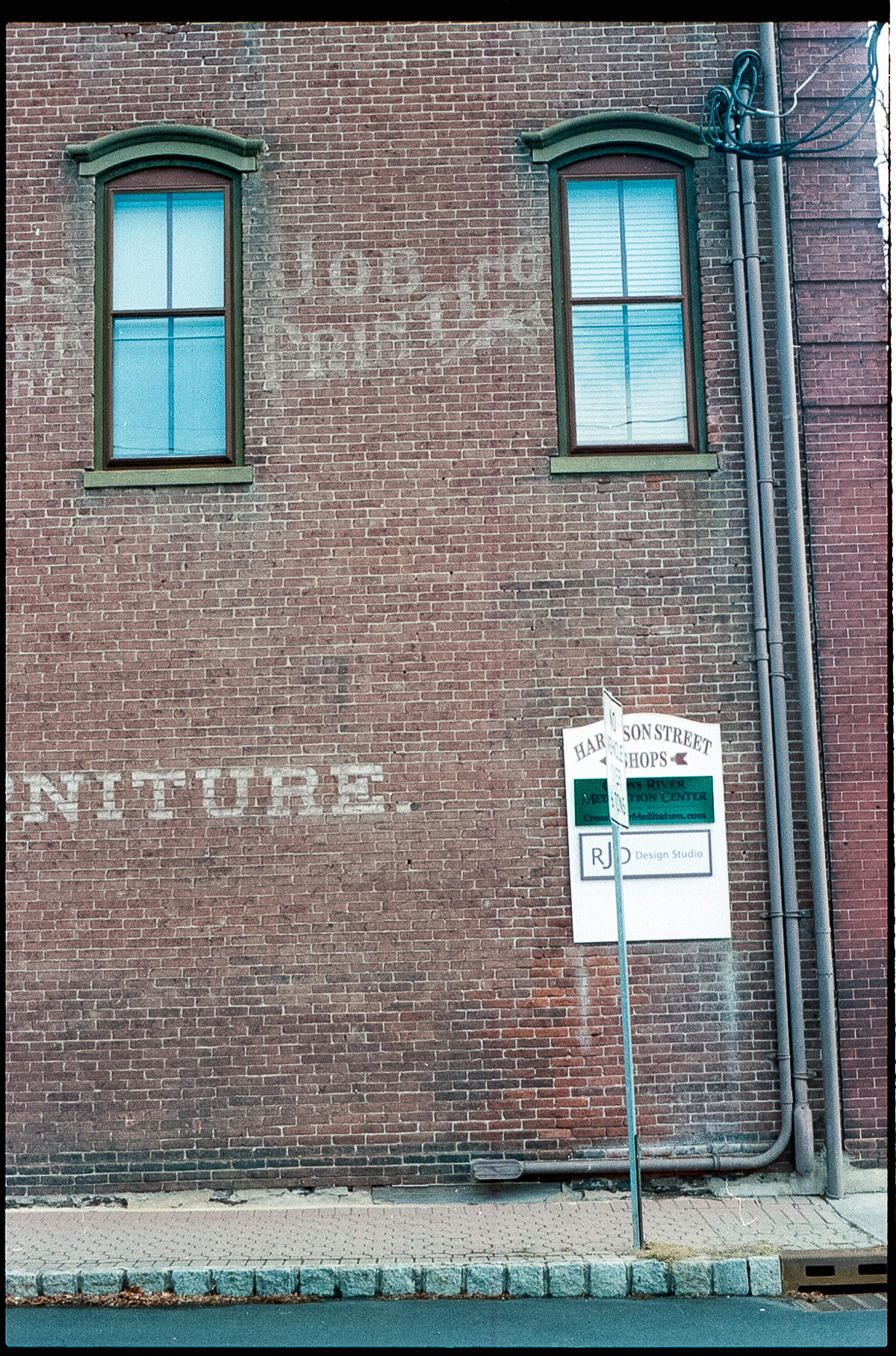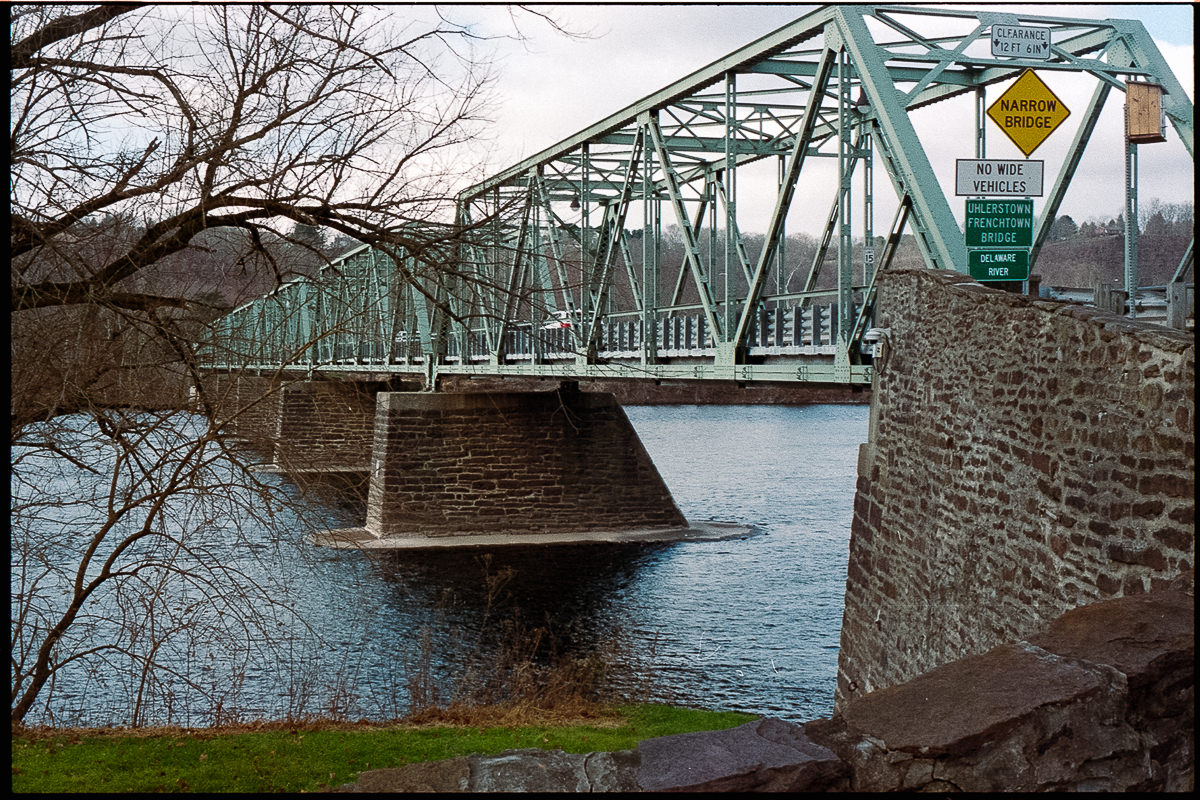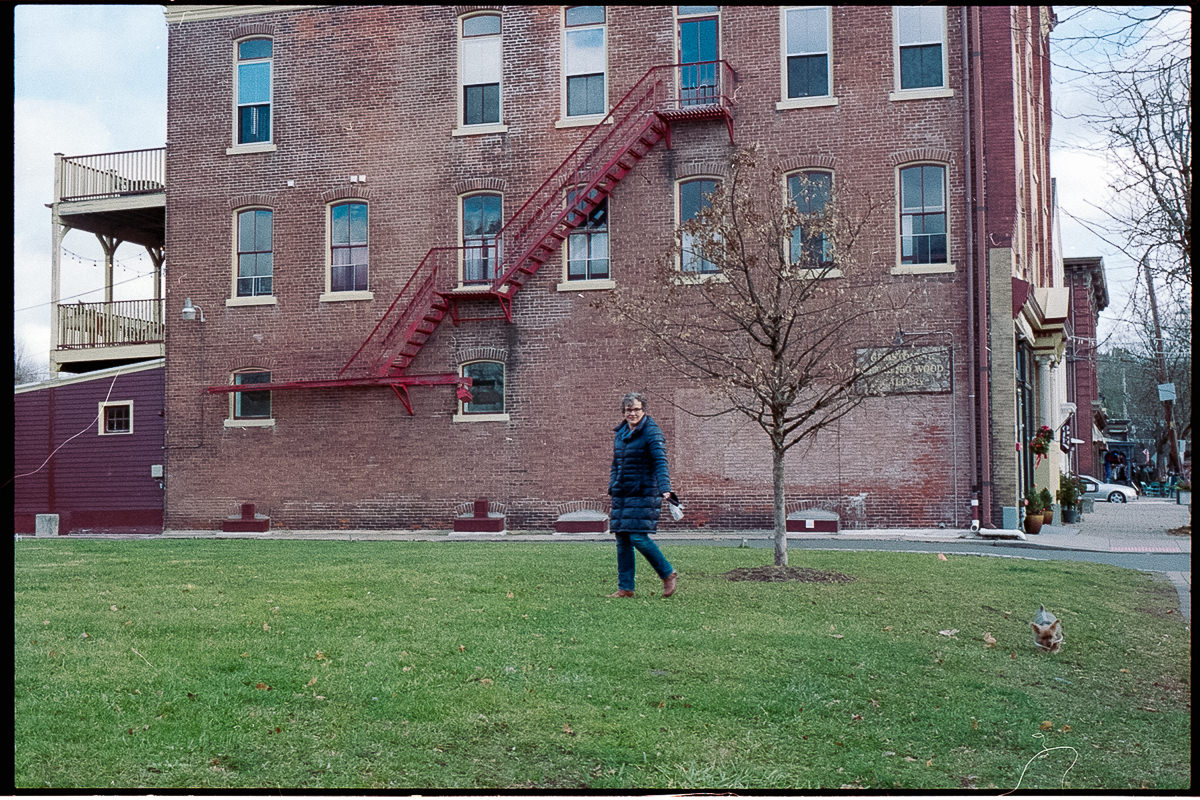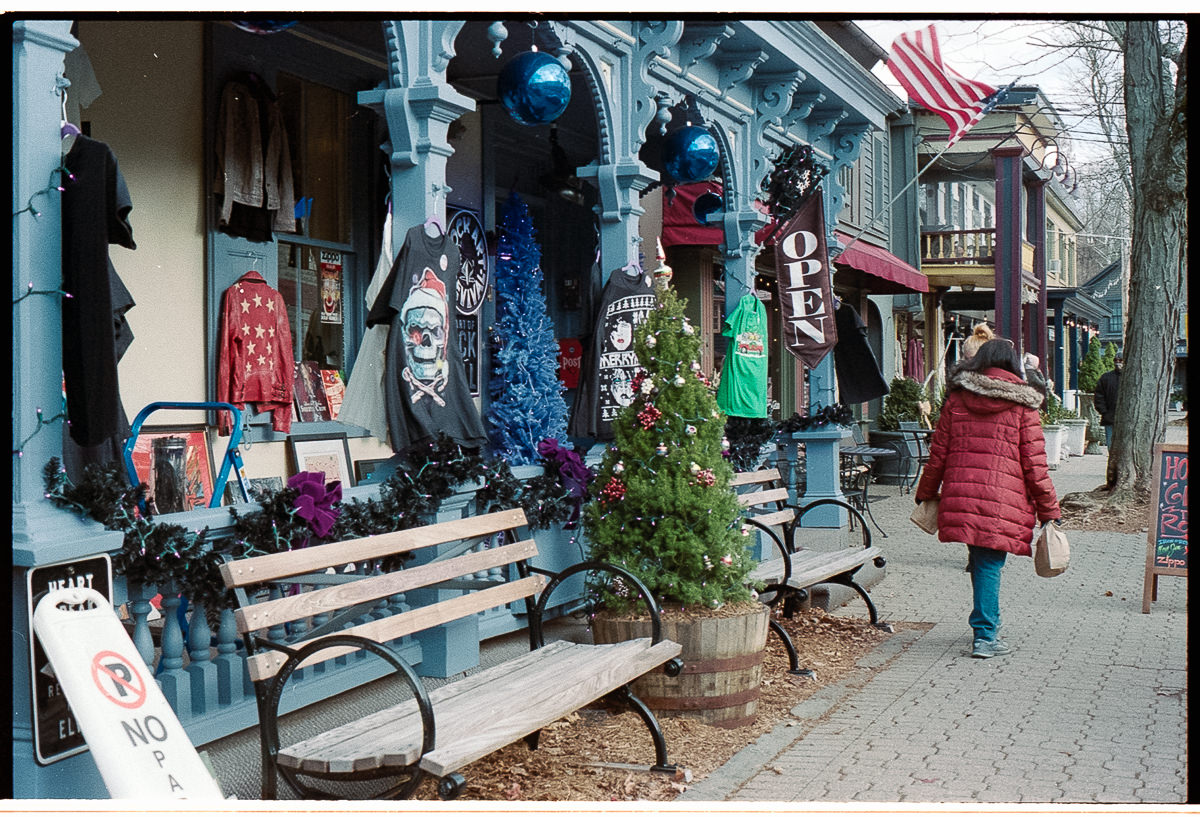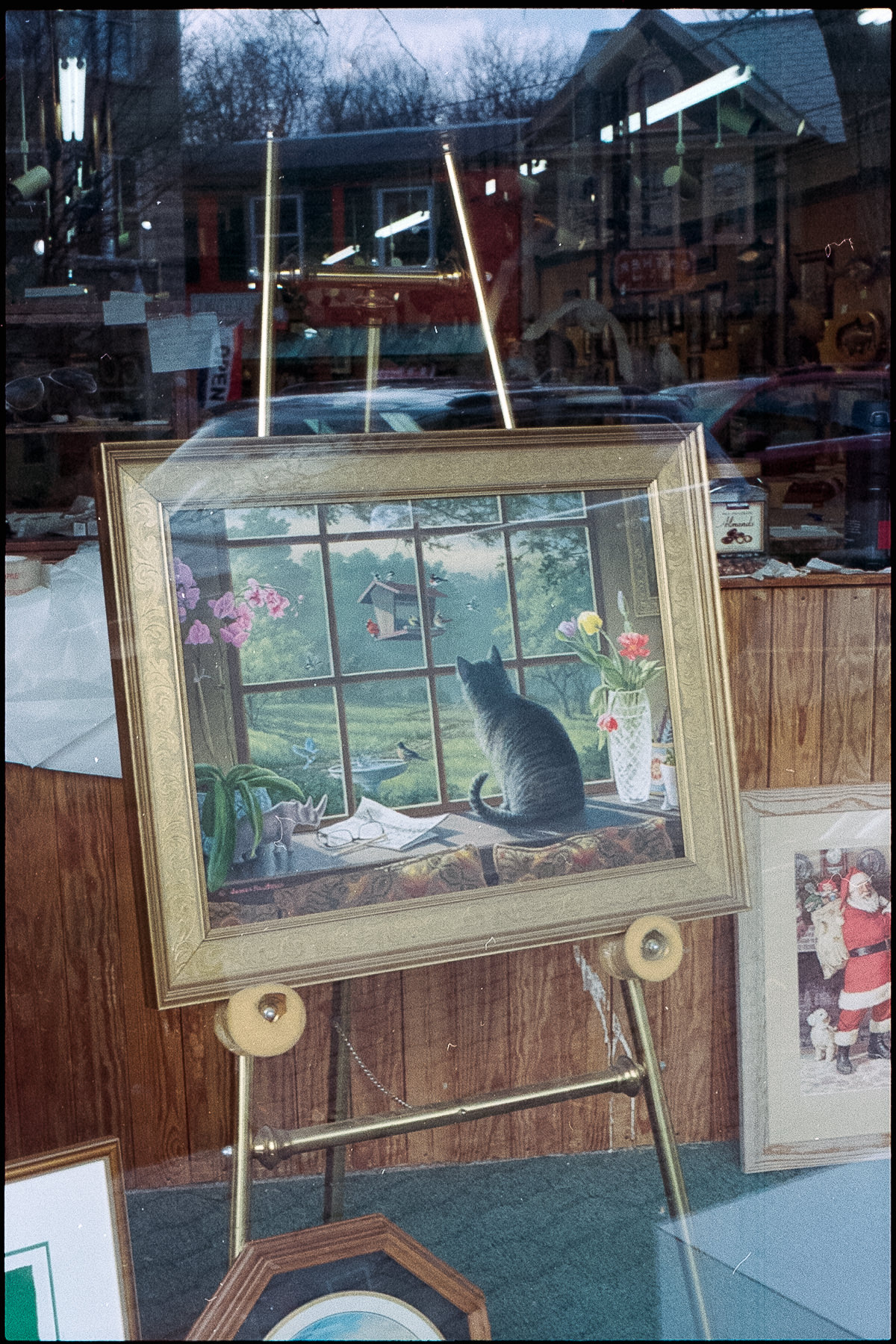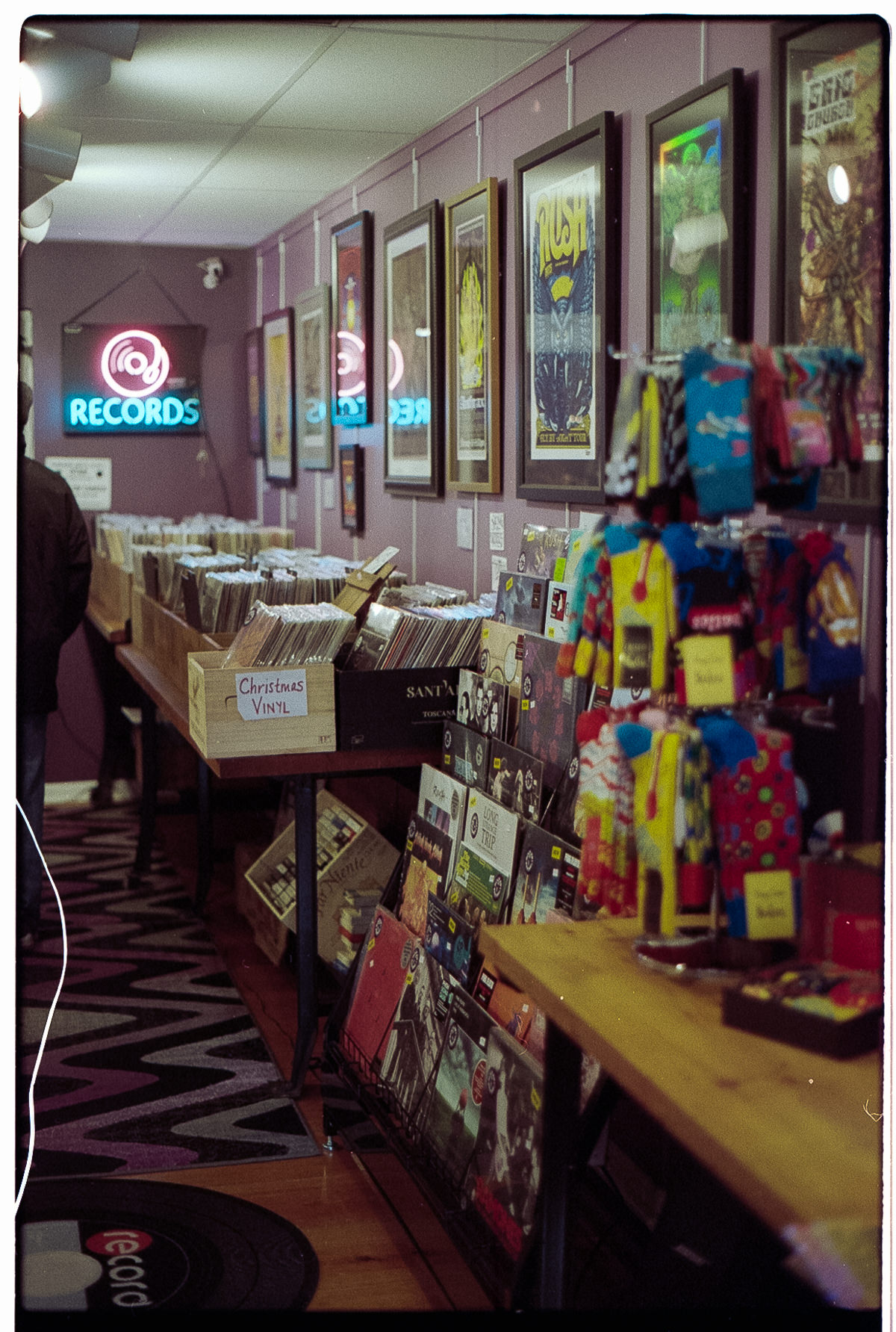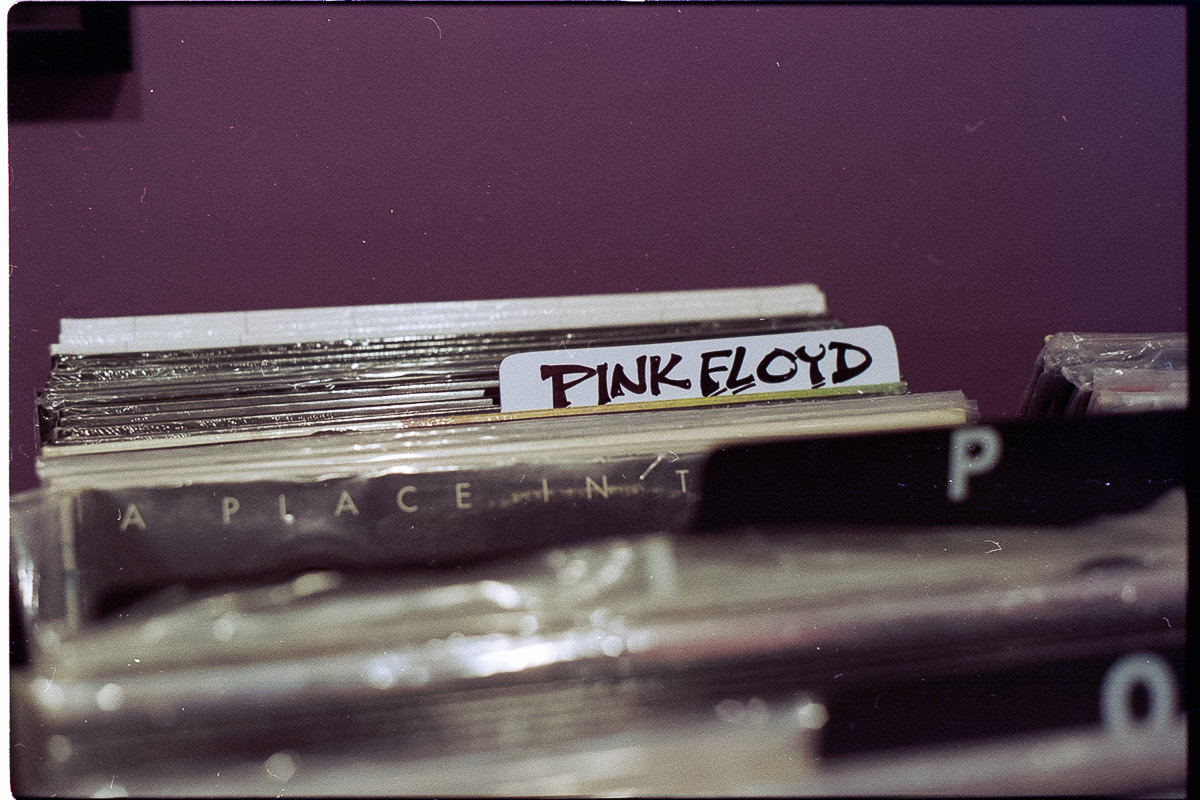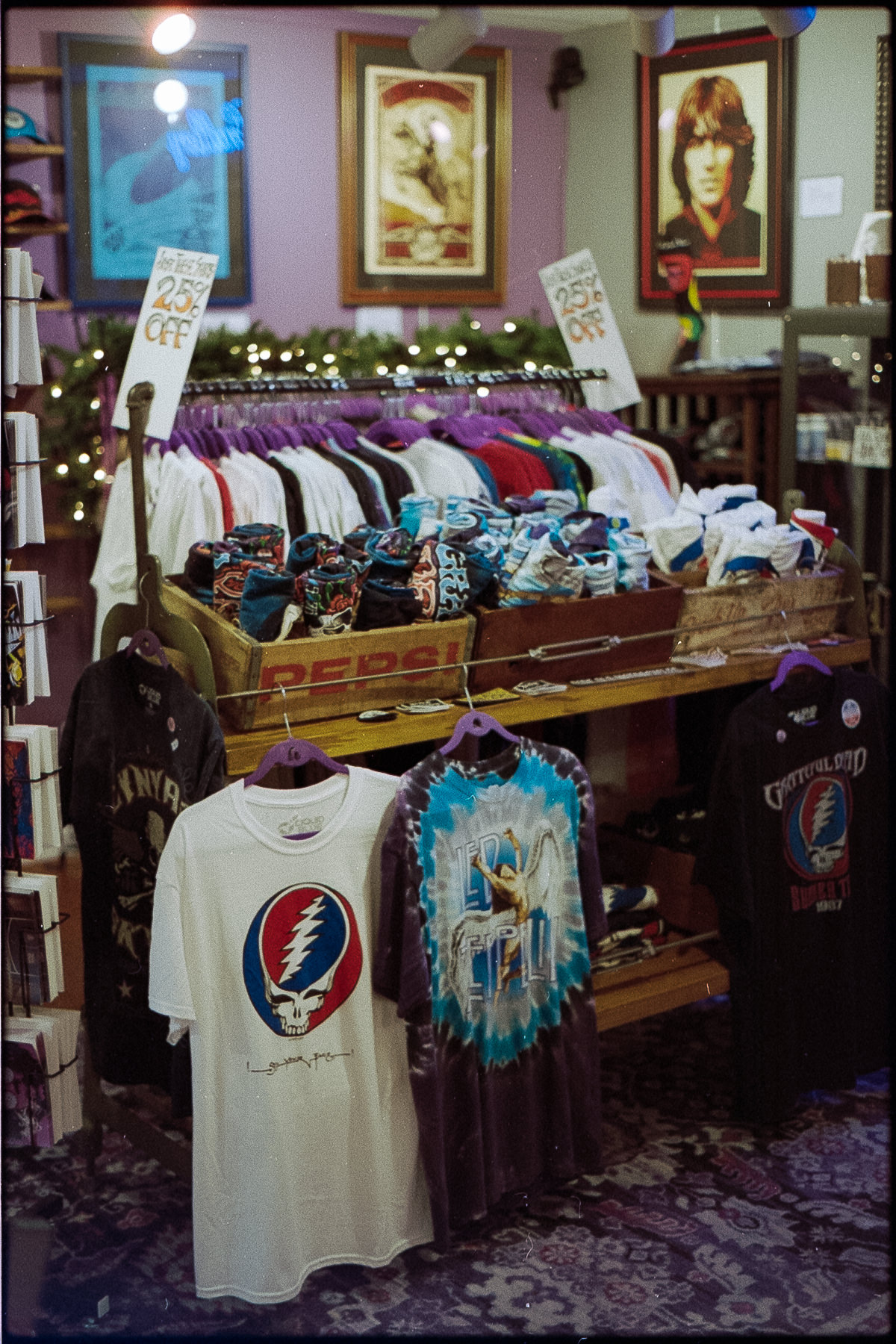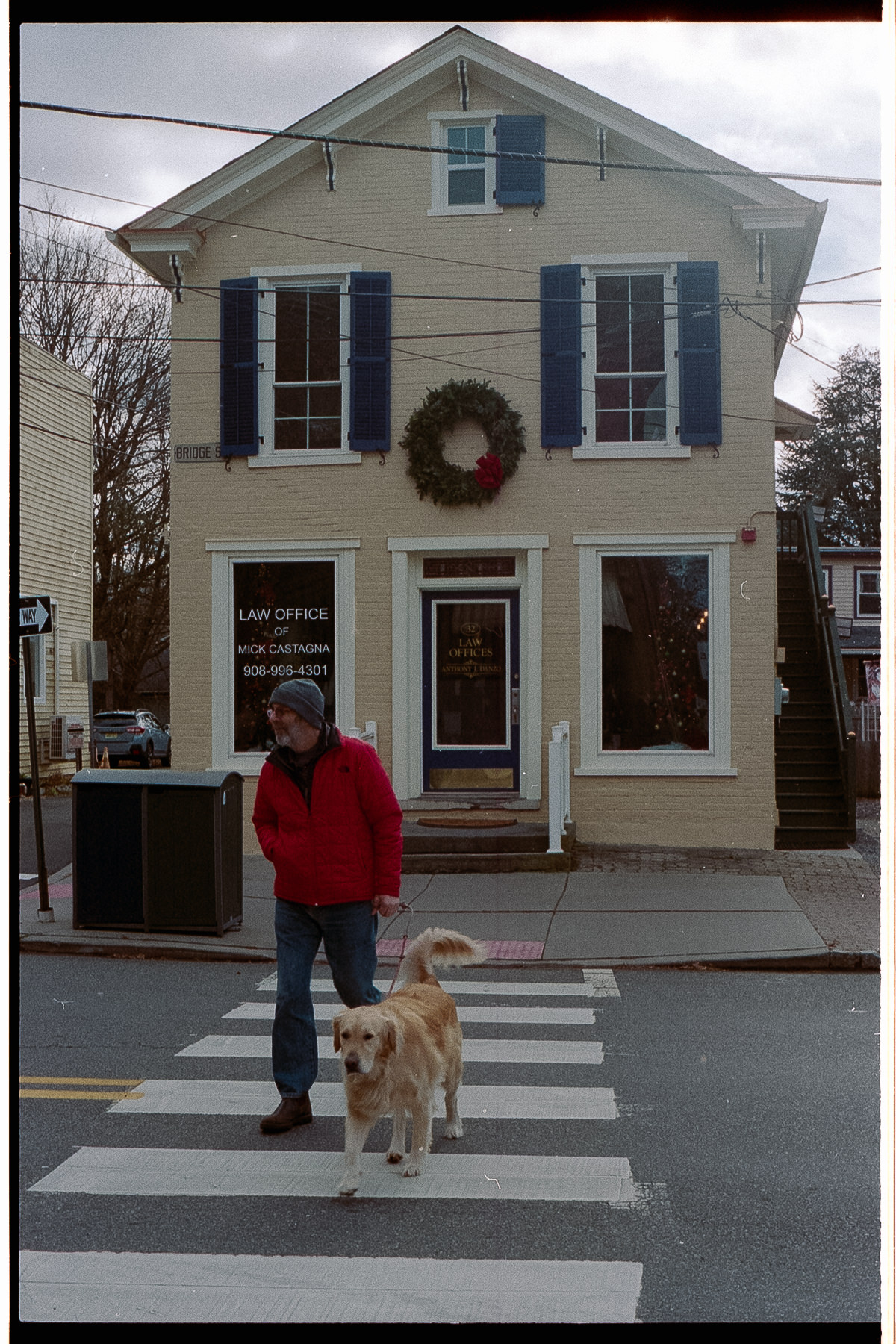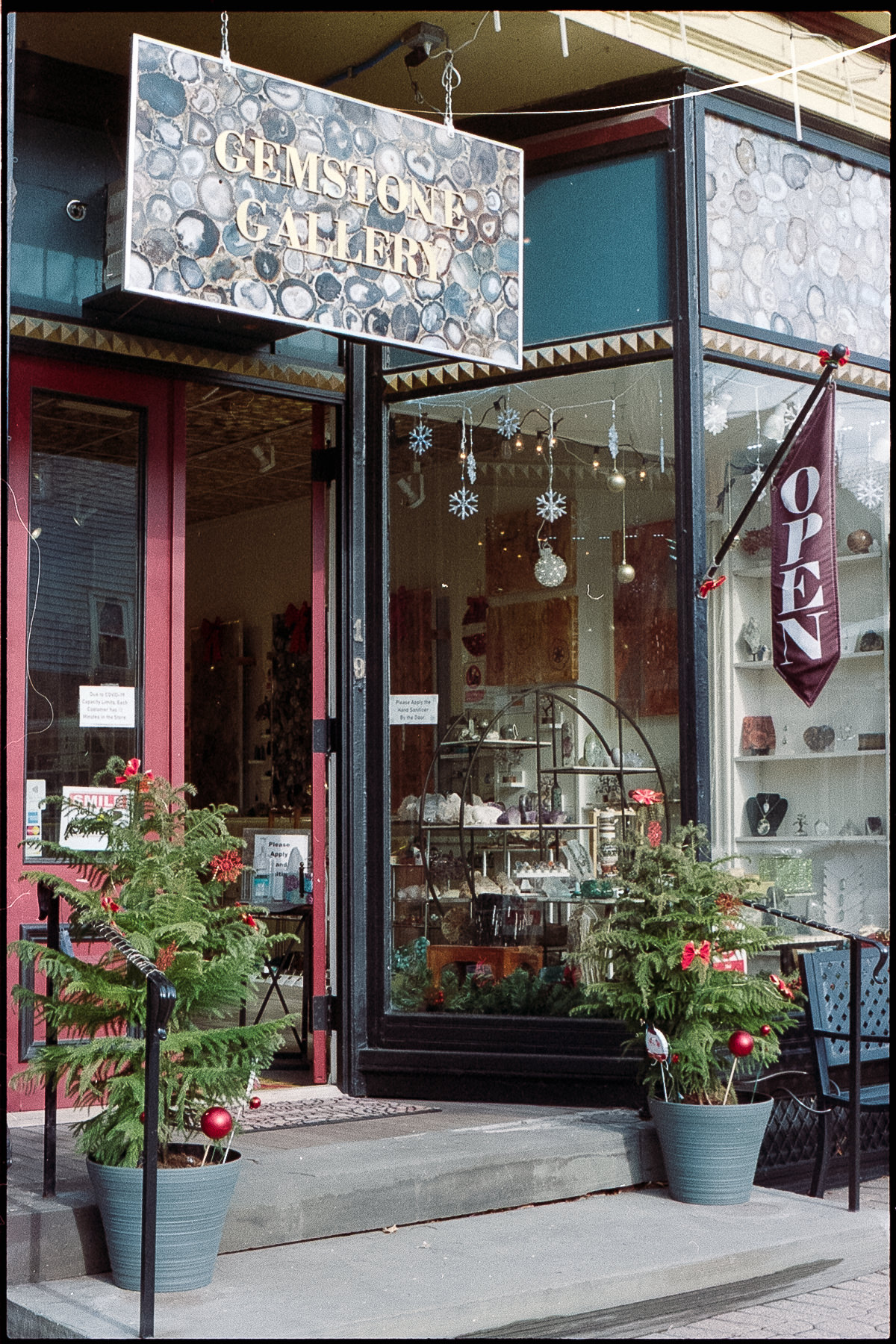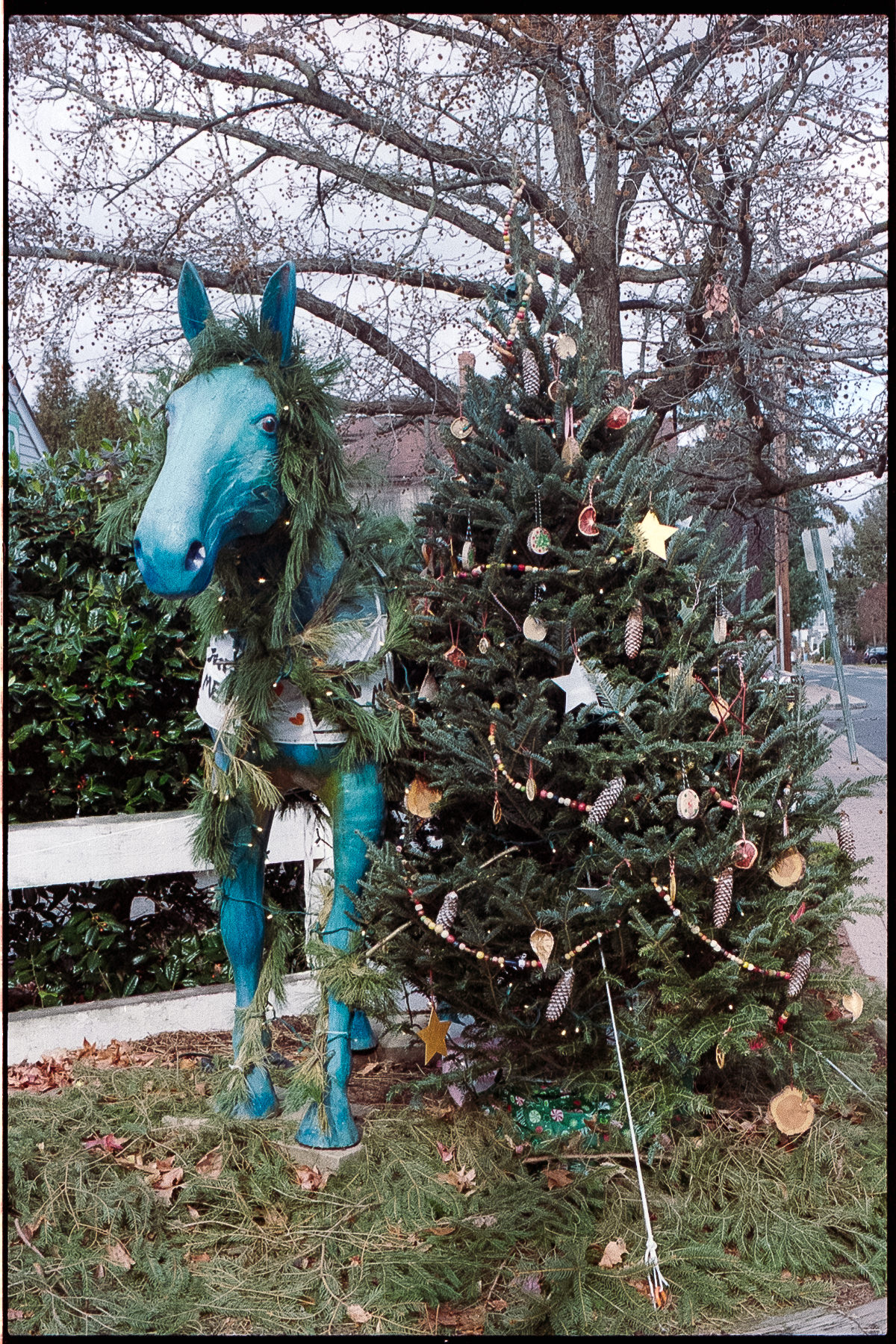Continuing my need to post about photographs taken decades ago on long-forgotten film cameras, today I am posting the last pictures from the before-kids vacation Bhavna, and I took to St. Vincent & The Grenadines. I wrote about my trip to Bequia to spend some time with my grandmother and the nature hike we took out to Trinity Falls when staying on the mainland at the Bank House with Dad. But I still have a few pictures from our drive along the Leeward Highway to Trinity Falls.
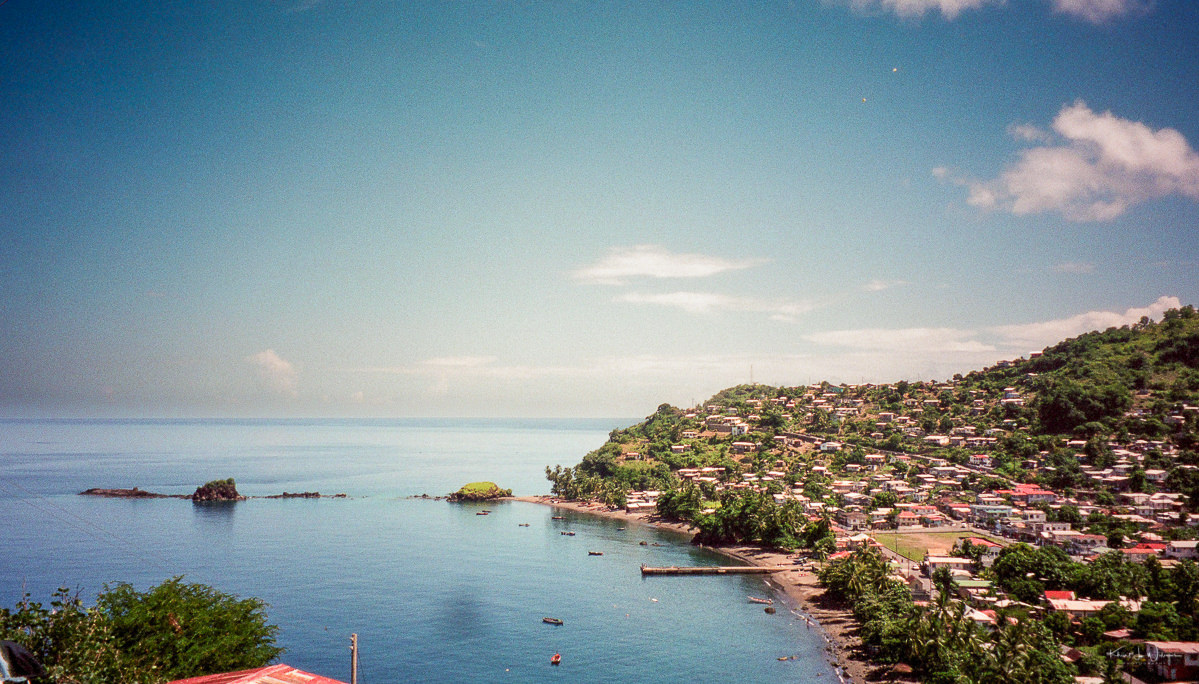
Most of the roads in St. Vincent are narrow one-lane roads that wind around the outer rim of the mountain ridge from the southern coast of the mainland up to the La Soufrière volcano on the northern end. One such road is the Leeward Highway. Using the word highway to describe this road is a stretch of the modern North American understanding of the word. However, according to Wikipedia, the word highway can be used for any major roadway. The British definition is a legal term to describe "...any route or path with a public right of access, including footpaths etc.". So the Leeward Highway is a major public road along the east coast of the mainland. Got it?
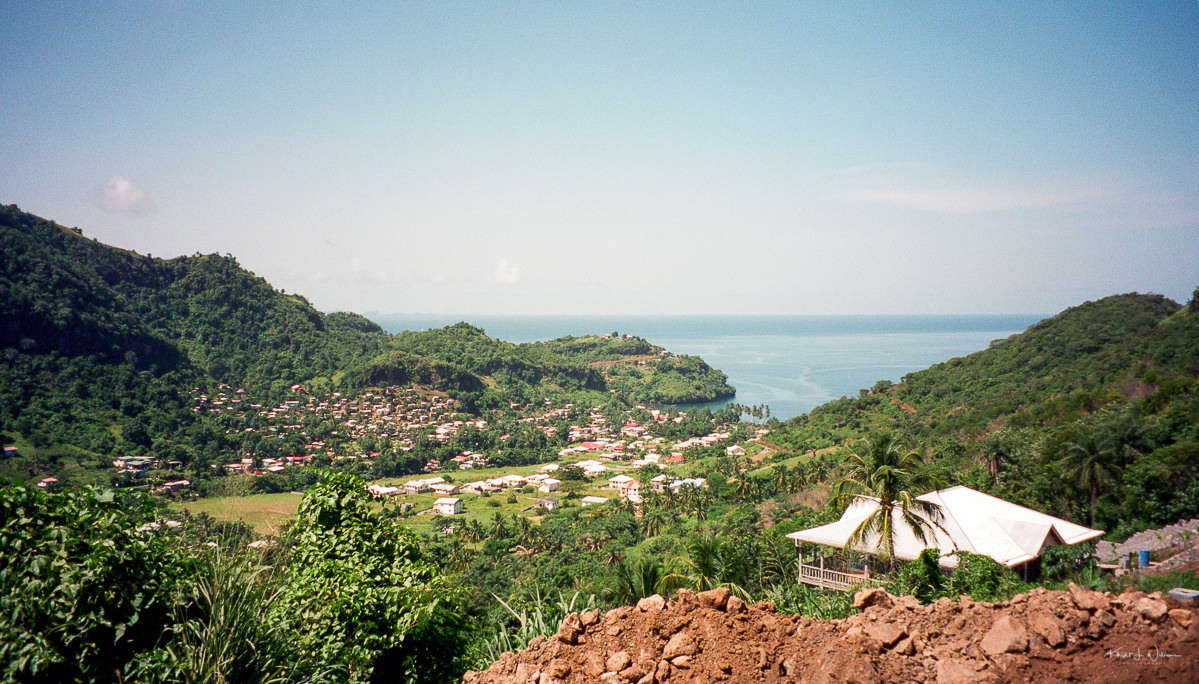
The roadway was so narrow that at one point, the driver asked us to exit the minivan and stand back while he navigated past another vehicle. The tyres of the back of the minivan were on the very edge of the left side of the road. One mistake and a 200-foot drop awaited the vehicle and its driver.

And for those who don’t know the word leeward, it's a nautical term to describe the side of a ship facing the direction toward which the wind is blowing and the side opposite the windward. In the Caribbean Sea, leeward is west, and windward is east. Got it?
While the highway is narrow and bumpy, the drive offers spectacular cliff top views, hidden bays, flora and fauna. We drove through Barrouallie, a small village established by French settlers in 1719 and the first European colony on St. Vincent. We also went through the town of Walliabou. Wallilabou Anchorage was one of many locations in St. Vincent and the Grenadines where Disney Studio filmed the movie ‘Pirates of the Caribbean’.

The nature trail is to the north of Chateubelair, a large fishing village with archaeological significant rock carvings believed to have been left by Kalinago, the native inhabitants of the islands. Near the foot of the La Soufrière volcano, the nature trail is accessible from the Leeward Highway. Some of the previous trails had eroded and caved in.
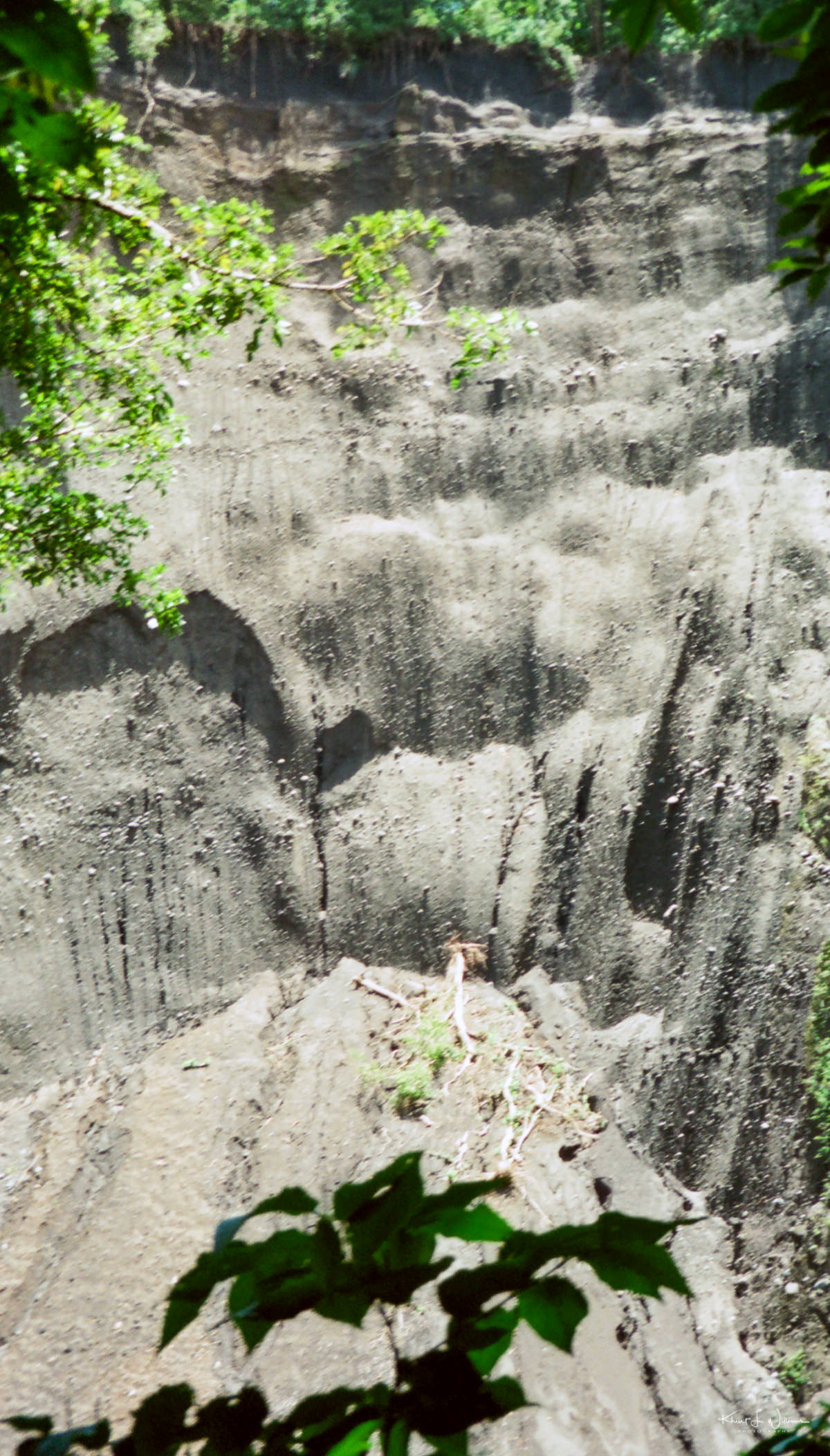
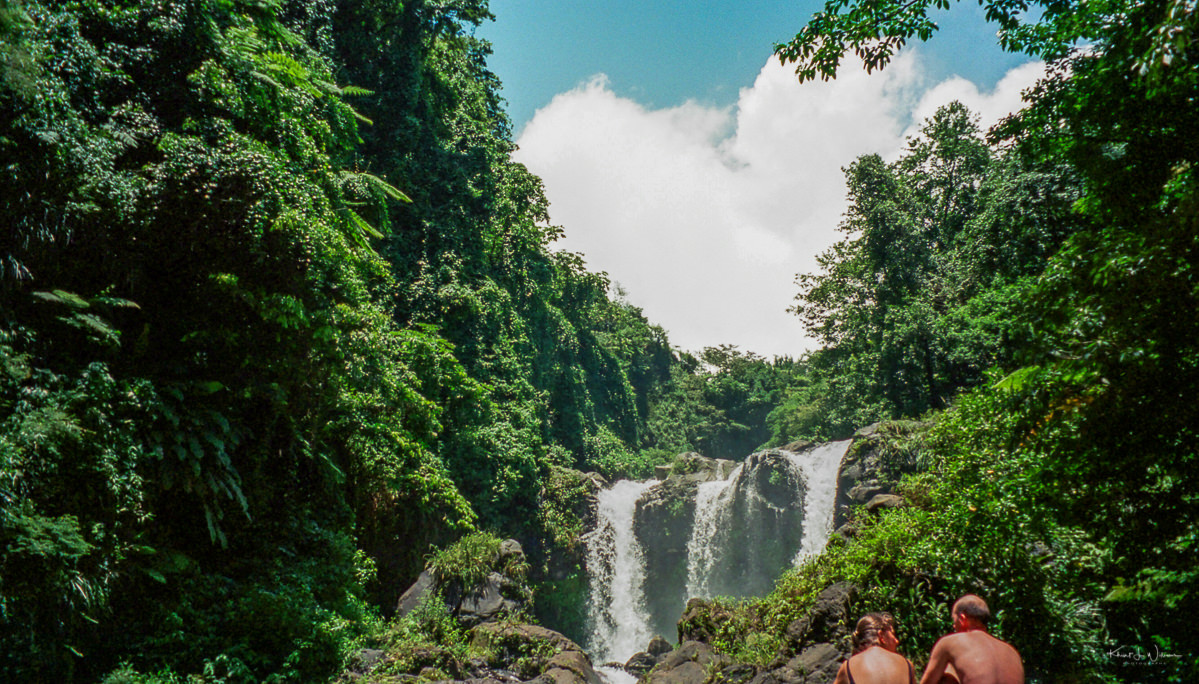
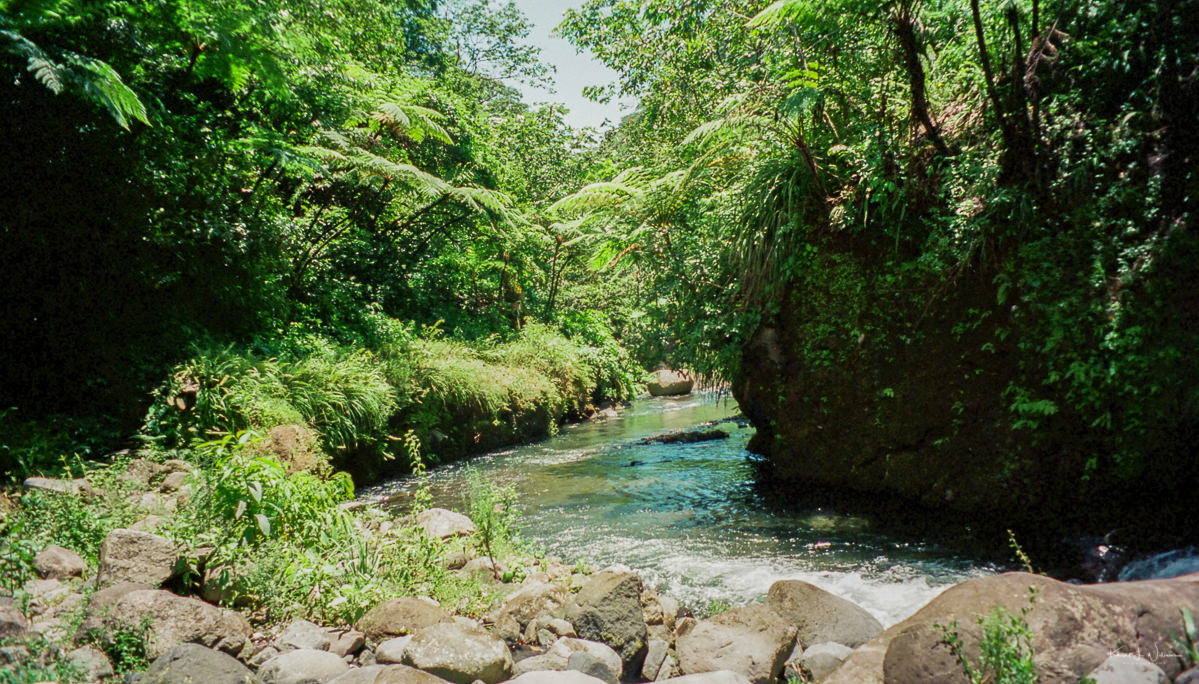
Apologies for the quality of these photographs. When we took this vacation, APS film was being pushed by Kodak as the future of film photography. I was ignorant and bought into the hype. I purchased an APS film camera and several rolls of APS film, which was the worst camera to bring on a vacation. The quality of APS film was inferior to the 35mm film format it was intended to replace. 35mm film is still made and sold, but APS (along with Kodak) was relegated to the dustbin of history.
